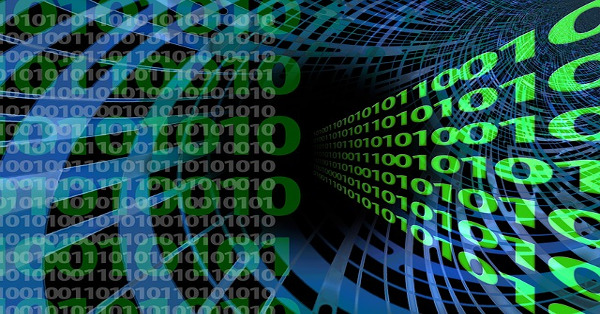If you run a manufacturing facility, you need to know the difference between digitisation and digitalisation (or digitization and digitalization if you are reading this in the US). The difference is crucial to understanding Industry 4.0, plus it will help you develop strategies to transition your facilities into smart factories.
The difference between the two terms is often misunderstood. In fact, the two terms are usually used interchangeably. At the time of writing, for example, clicking on a link for digitalisation on Wikipedia redirects you to the page for digitisation.
The concepts are very different, however, and that difference is more than simple wordplay. Instead, the difference can have a real-world impact on OEE, the performance of your production line, and the overall performance of your business.
What Is Digitisation?
Let’s start with the more commonly used term, digitisation. It involves converting non-digital, analogue material to a digital format. For example, keeping digital records of production line batches rather than paper-based records.
You can also digitise business processes. We can use the above example again to illustrate this.
Digitising batch records is a much more efficient method of record keeping, but it also improves the batch traceability business process. In other words, digitising doesn’t just create digital records of batches. Instead, it creates them in a format that you can then use to make further productivity gains.
What Is Digitalisation?
Digitalisation is about transitioning your business to a digital business. This is why digitalisation is sometimes referred to as digital transformation.
You achieve this using digital technologies, so digitisation is a part of digitalisation. It is only a part of it, though. This is because digitalisation involves changing or adapting your business model, not just digitising your data, processes, and actions.
The result will be a business that is more efficient and productive. In addition, digitalisation can present you with new revenue-generating opportunities.
Digitalisation Example
A good example of digitalisation comes from the movie rental sector. The analogue, non-digital version of this business involved going to your local video/DVD rental store (such as Xtravision) to select a movie to take home and watch.
Movies were then digitised to make it possible to stream or download them online. Trips to the video/DVD rental shop became a thing of the past.
Digitalisation, however, created whole new business models. The digital business Netflix is one of the best-known examples. Digitisation was part of the process that led to the success of Netflix, but it also required a digitalisation approach.
In other words, it was digitalisation that enabled Netflix to develop its subscription-based model and then integrate that model on platforms like the internet, App Store, smart TVs, and more.
Digitalisation and Your Production Facility
Your business can be digitalised in a range of different ways. Moving to a predictive maintenance model for your machines and equipment is just one example:
- Non-digital – you schedule maintenance based on pre-determined time intervals.
- Digitised – sensors monitor key indicators to give you warnings of possible problems ahead of a breakdown. You can then schedule maintenance based on the actual wear and tear of the machine.
- Digitalised – a system constantly monitors the performance of the machine, including the early warning indicators. In addition, AI (Artificial Intelligence) technology enables the system to improve its ability to anticipate breakdowns before they occur. When a sensor triggers an early warning signal, the system automatically analyses the production output of the machine, taking into account anticipated demand in the future. It then automatically schedules the maintenance work so that it occurs before the machine breaks down but also at a time that results in the lowest possible productivity loss for the business.
While the above is a small example, it demonstrates what is possible with digitalisation as well as its potential. It’s time to start the transition.





